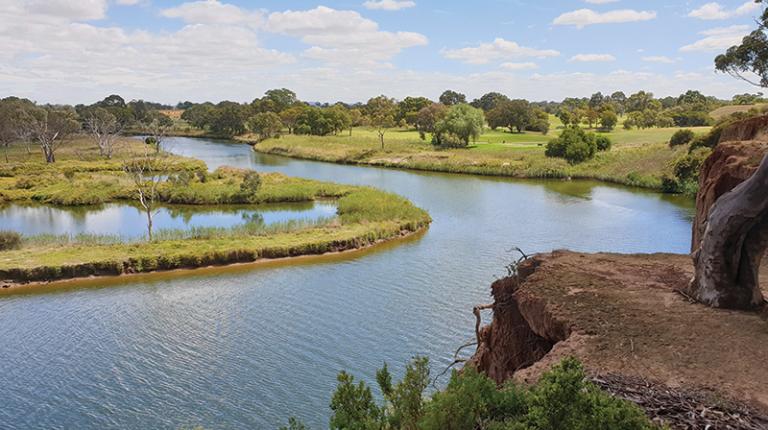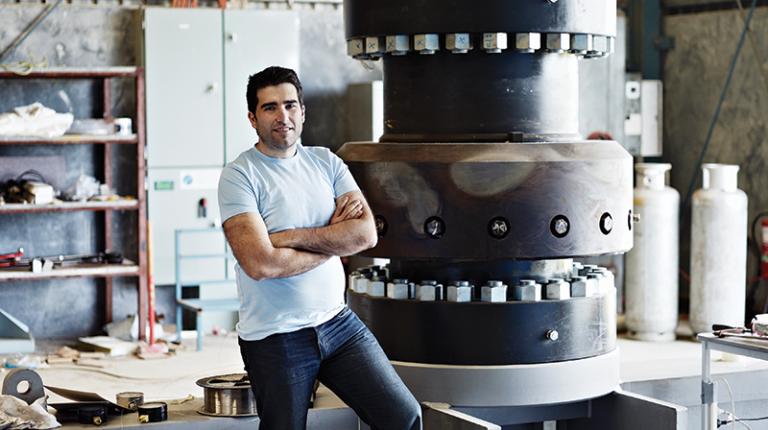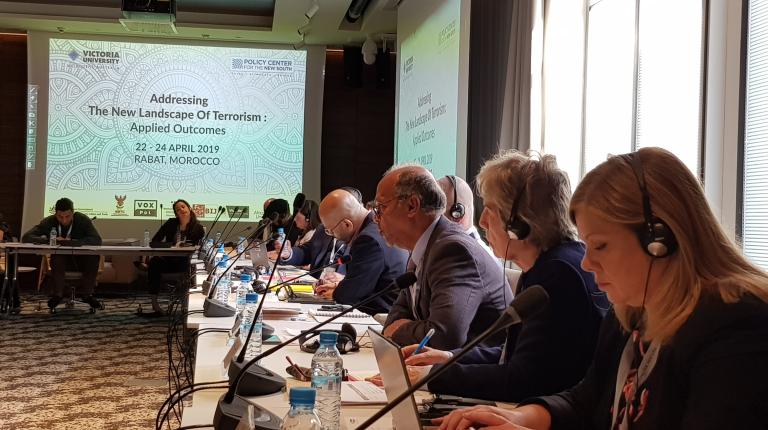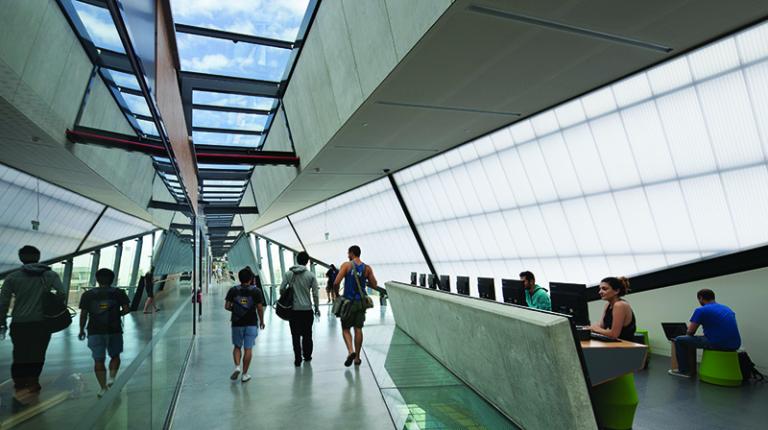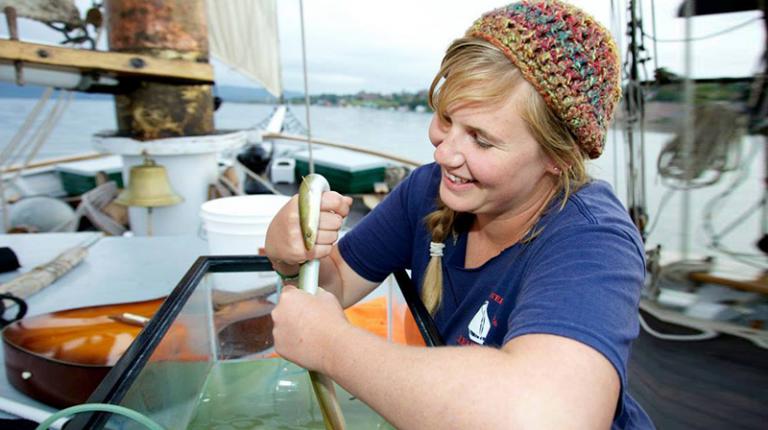A study by Elmira Jamei and Hing Wah Chau from VU’s Built Environment and Infrastructure research group together with Ahmadi Khatereh from the University of Modhaghegh Ardabil in Iran, Mehdi Seyedmahmoudian, and Aleksandar Stojcevski from Swinburne University of Technology and Ben Horan from Deakin University, aims to provide a review of promising urban design parameters to enhance walkability, using Frank Lawrence’s theory of “Objectively Measured Urban Form”. The study uses the main design features of traditional Iranian cities to analyse their impacts on promoting walkability. This study concludes that incorporating inherent values of traditional urban design elements will complement modern planning and design practices.
Elmira Jamei and Hing Wah Chau undertook further work with Mehdi Seyedmahmoudian and Alex Stojcevsk to review the effect of green roofs for providing a cooling effect in different climate types. Green roofs provide a partial solution to the combined trends of urban heat island (UHI) intensification and global warming. This review of 89 studies confirms that green roofs have the highest median cooling effect in dry climates (3°C) with hot–humid climates have the lowest cooling effect (1°C). Further investigation of the effects is necessary, as only a few of the looked at the cooling effect at pedestrian-level air temperature/thermal comfort and studies of temperate climates had contradictory results.
Hing Wah Chau and Elmira Jamei also looked that the issues relating to age-friendly built environment for housing, transportation, outdoor spaces and public buildings for active aging and independent living. For achieving an age-friendly living environment, a holistic approach is required to enable independent living, inclusion and active participation of older adults in society. To achieve ageing in place, and the benefits for quality of life, accessible, adaptable and affordable housing options with integrated smart technologies are needed to support independent living. There is currently a lack of incentives for private developers to put additional resources to address the needs of the ageing population. Regulatory requirements are needed to benefit people of all ages and abilities and government efforts to develop the age-friendliness of the built environment. Co-design is a way to engage with older adults to ensure that their needs are addressed in enhancing the overall age-friendliness of housing options and their neighbourhoods.
Only 63% of Indigenous people have access to internet at home. Addressing digital inequities for young Indigenous Australians by Corinne Reid of VU and a group of researchers from universities around Australia, examines the importance of digital connectedness and access to social media for strong cultural identity, community and mental health. More targeted policies and funding are urgently needed to promote digital technologies to enhance Indigenous young people’s access to mental health and well-being services, maintain cultural connections and evaluate the effectiveness of these initiatives using Indigenous well-being indicators.
Jerome Rachele from VU joined researchers from University of Melbourne, Monash, RMIT to look at the role of access to public transport for improving healthcare use, including for people with disabilities. Availability of public transport encouraged use of general practitioner and specialist health services. Public transport access was found to also decrease use of nervous system prescriptions, which includes anti-depressants, for people with disabilities, with the implication that the social and/or physical activity benefits of being more mobile in their communities supports better mental health.
Jerome Rachele and Gavin Turrell from VU, together with Tayebeh Saghapour from RMIT and Billie Giles-Corti from the University of Melbourne, were involved in another study of the role of urban design in fostering good health and wellbeing. Features of disadvantaged neighbourhoods appear to discourage physical activity (PA) of residents, increasing the risk of cardiovascular disease (CVD). Further studies for urban planning and policy to examine environmental attributes – the role of greenways and vegetative buffers to mitigate heat and air-quality issues in recreational, bike and pedestrian areas - to develop healthier neighbourhoods.
A Smart City ranking of more than 100 Australian cities and towns, based on their economy, environment, governance, mobility, liveability, and people, was undertaken by Maha Hussein, a Bachelor of Engineering student, under the co-supervision of Dr Muhammad Atiq Tariq and Dr Nitin Muttil. The paper can provide evidence as to why government migration programs to settle newcomers outside major cities are not as successful as they could be. Using Australian Bureau of Statistics and other government data sources, and a form of statistical analysis known as analytical hierarchy processing, the smart city scoring aims to identify links between a city’s smart score and people’s preference to live there. It shows most capital cities outrank regional centres, and they are also the locations that tend to attract new residents. The research suggests that it is important to develop the regional centres if the government wants to reduce the pressure of concentrated migration trends to mega cities. Dr Muhammad Atiq Tariq and Dr Nitin Muttil have undertaken of series of research projects with Bachelor of Engineering students, as part of their final year capstone which have produced published papers on important policy considerations for infrastructure design and investment.




